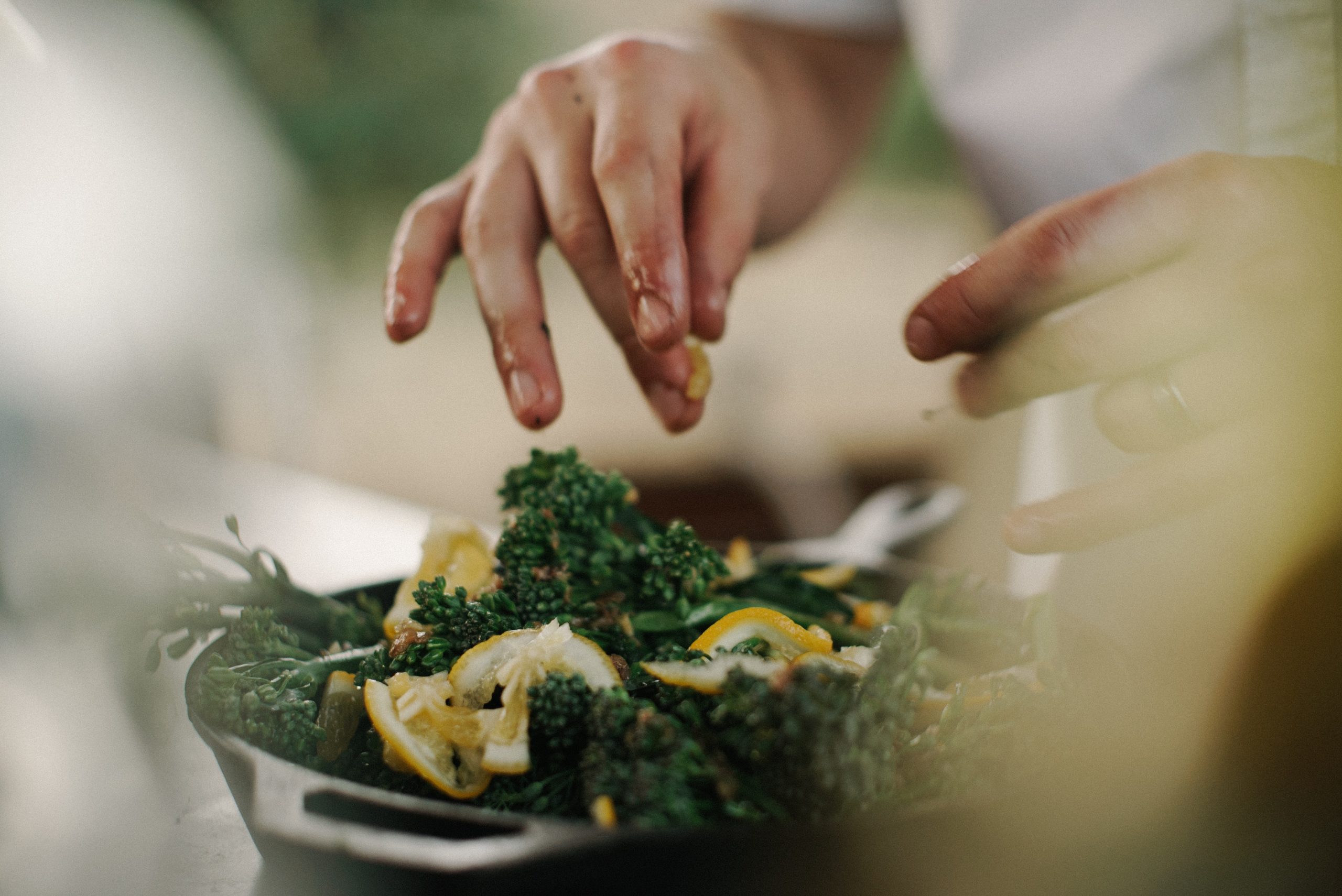England, Scotland, and Wales comprise the United Kingdom of Great Britain. Each country has a distinct culture and set of traditions. Their culinary traditions are revealed by their diversified culture. Britain had played an important role in preserving its culture and cuisine. We have Romans who imported cherries, cabbages, and peas in addition to staples like maize. The Romans also brought wine. England is extremely hospitable to people of other cultures, and there is always a venue for a korean dinner party London.
The Romans were noted for developing good highways that allowed them to easily carry produce around the country. Have you heard of the Saxons? Were they good farmers who specialized in herb cultivation? Herbs were largely used to flavour stews. Many of us enjoy eating smoked and dried fish. This technique was introduced by the Vikings and Danes. People can still be seen eating slices of beef in some parts of England, particularly on the North-East coasts, as a tradition offered on Burn’s night, which falls on January 25th in Scotland. British food is universally adored, and British housewives prefer to prepare their favourite dishes with york ham. Many people are unaware that york ham was first smoked with oak tree sawdust.

Full breakfast, Fish and Chips, Sunday Roast and many more
Steak, Kidney Pie, Shepherds Pie, Bangers and Mash are among traditional British foods. Because of its many cultures, Britain has focused on a wide range of meals from Europe, India, and other regions of the world. Several regional foods are linked with a British cuisine along the border with English, Scottish, and Welsh cuisines, as well as Northern Irish cuisine. Regional foods include fish and chips, Yorkshire pudding, Cumberland sausage, Arbroath Smokie, and Welsh Cakes.
Because the British people had access to fresh produce throughout the twentieth century, culinary recipes changed dramatically. They were open to incorporating various cultural recipes as well as foods from Italy and India. British food used to be less spicy or didn’t have any at all. As time passed, people experimented with various herbs and spices to develop spiced British food in this medieval area. Mediterranean, Middle Eastern, South Asian, East Asian, and Southeast Asian cuisines have had a significant impact on modern cuisine. Northern and central European cuisines may eventually fade out.
Christmas dinner excellence
Christmas dinner is a noteworthy occasion in British culture. Since the 16th century, turkey and Christmas pudding have grown in popularity. In addition to roast turkey, we serve roast beef or ham with filled gravy, roast potatoes, mashed potatoes, and veggies. Desserts include the Christmas pudding-like Yule Log, Mince Pies, Cakes, and so on.
Food Varieties Location:
Anglo-Indian Cuisine combines traditional British dishes such as roast beef with Indian spices such as cloves and red chillies. Like Indian curry, fish and meat are cooked with veggies. Yoghurt, coconut, and almonds are frequently used in Anglo-Indian cuisine. We offer a variety of flavours for roasts, curries, rice dishes, and bread.
English Cuisine: English cuisine is synonymous with England.
British cuisine has distinct characteristics due to the addition of foods from North America, China, and India. Northern Irish cuisine is comparable to that of the Irish Islands. The Ulster Fry is a popular meal in this region. Scottish cuisine is based on Scottish traditions. Haggis is a traditional Scottish dish, and Scotland is well-known for providing high-quality beef, lamb, potatoes, oats, and seafood. Welsh cuisine has a strong influence on British cuisine. Beef and dairy cattle are common here. Meat is inextricably linked to Welsh cuisine.

